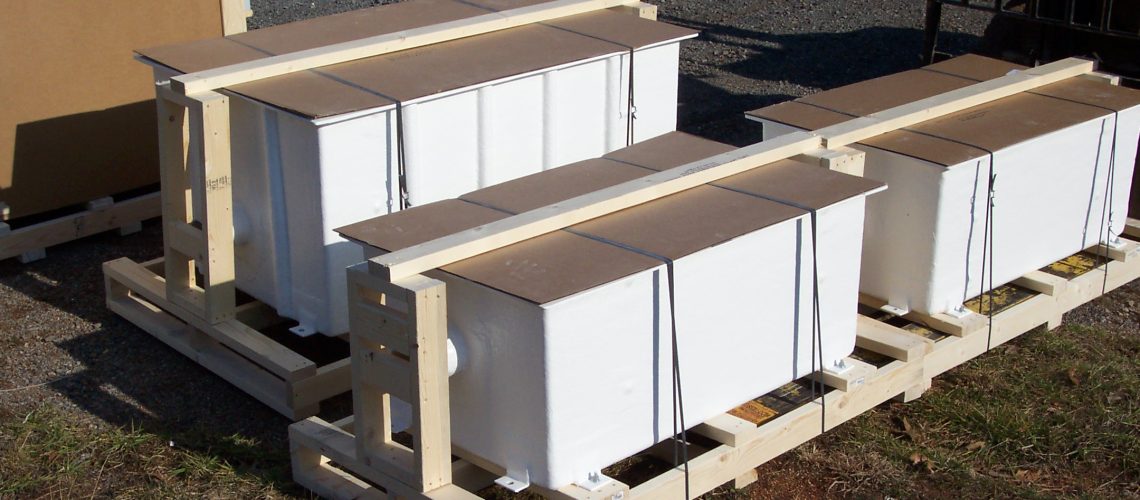Before you implement a weir box into your flow channel for flow rate measurements, you’ll want to make sure you’ve got the proper type. You’ll find quite a few different options available, but sizing is essential if you want accurate measurements you can count on. Learn how to choose a weir style, and discover the most important factors to keep in mind when finding the best fit for your unique flow channel conditions.
Site Considerations
The physical location of your flow channel plays a huge role in determining how you’re going to implement a weir box. Upstream and downstream conditions are absolutely essential to maintain if you want a weir that offers accurate measurements. Make sure the site has enough room for a weir pool of adequate size to condition the flow on approach. Remember that certain styles like the V-notch typically require larger weir pools.
Aeration is a necessity for proper weir functioning, so it should be among your primary concerns when it comes to the site itself. Aeration is essentially how the flow crosses past the crest of the weir. To facilitate proper aeration, you’ll need space downstream of the weir itself. Any falter in aeration, whether the flow is unaerated or only partially aerated, and you won’t get the accurate measurements you need.
Solids in Flows
Debris and solids in flows can be a problem for weirs. Fortunately, there are some styles that are better suited for dealing with solids than others. A Cipoletti or rectangular weir, for example, doesn’t deal with solid buildup like a V-notch would. If you can regularly clean out your weir, however, opting for a V-notch can still work. The maintenance is frequent and intense, however, so it’s generally not the best idea to simply ignore the problem of solids.
Flow Ranges
Not every open channel flow offers a flow that is always consistent. There can be a wide range of intensities among potential flows, and your weir will need to be able to account for them all. If you have mostly low flows, for example, a V-notch weir may be your best bet. High flows, however, would work better with rectangular weirs. Rectangular weirs would also need to be free of end contractions to handle the highest of flows.
You’ll find another solution available if your flow range is particularly wide. A compound weir is one in which two different designs are implemented into a single weir, with one for measuring low flows and another for measuring high flows. Having that kind of flexibility is initially more costly, but it’s far more convenient when dealing with wide flow ranges.
Choose Your Weir With Tracom
Now that you know how to choose a weir box, it’s time to find a reliable source. That’s where Tracom can help. We have a wide selection of weir styles to choose from, but you’re always welcome to work directly with our design team. Thanks to fiberglass construction, you can customize your weir to fit your unique open channel flow conditions. Contact us today to get started!


